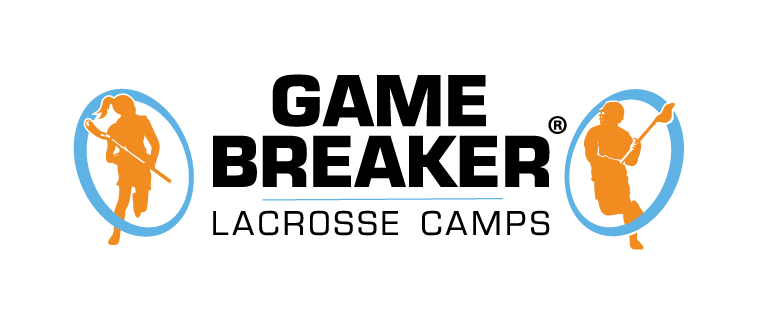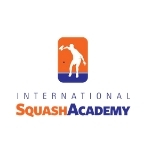Get in the game to support your budding tennis player
You’re in the bleachers cheering on your daughter as she runs after a small, yellow ball when suddenly she drops her racket and looks crestfallen. What just happened? Learning the rules of tennis will help you better enjoy the game, and share in the joys and sorrows of your child’s play.
To help you bond with your young athlete, adidas Tennis Camps put together this handy guide for parents to understand rules, signals, and scoring.
In tennis, the addict moves about a hard rectangle and seeks to ambush a fuzzy ball with a modified snow-shoe.
Elliot Chaze

Tennis is a game made up of two opposing teams with 2 (singles) or 4 players (doubles) competing on each side of the net. The total playing time of a typical, best-of-three tennis match on a clay court is 90 minutes; however, if the competitors are evenly matched, this can go as long as 2 or more hours.
The court is the green or blue playing area with white lines that delineate the Service Boxes, Service Lines, Baselines, and Sidelines. These lines also make a Center Mark which runs the length of the court.
A standard tennis court is 78 feet long and 27 feet wide for singles play, and 36 feet wide for doubles play. The net is set up halfway across the length of the court, and the Service Line is drawn on either side at 21 feet from the net.
The area referred to as “no man’s land,” or backcourt, is the largest box on the court. This area is typically the most difficult to play in, and is a few yards behind the service line and a few yards in front of the baseline. Players that control the backcourt usually win matches, because they hit the ball early and put pressure on their opponent.

Beginning the Tennis Match
To start the game, a coin is tossed or a racket is spun. Whoever wins the toss (or spin) gets to decide if they want to first serve the ball, or give the first serve to the opponent. The loser is given the choice of which side of the court they want to begin play. This becomes advantageous when weather conditions, like sunlight, may handicap the opponent. Once sides are decided, each player goes to their respective sides, and the server steps behind the baseline between the right singles sideline and the center mark.
The player who serves the ball moves to a position behind her baseline that’s between the right singles sideline and the center mark. She then tosses the ball into the air and strikes it with her racquet before the ball hits the ground. For the served ball to be considered valid, it must land in the service box diagonally opposite the server without hitting the net.
- FAULTS:
If she misses her first shot, she gets one more chance to get it over the net. If she misses on both serves, the point goes to the receiver. This is called a Fault. - LETS:
When a serve lands in the right area, but touches the net on its way in, the serve is called a Let, and the ball is returned to the server without losing a point. - GOOD PLAYS:
When a served ball touches the line, or the players cannot tell if the ball falls in or out of the service box, the play is automatically called Good. - ACES:
A successful serve that the opponent cannot return is called an Ace, and results in the server winning a point.
Once the server successfully lands a ball in the service box, her opponent must return the ball after one bounce into any part of the other player’s singles court (or doubles court if playing doubles). The ball continues to be struck back and forth over the net until the ball hits the ground more than once, or a player misses a shot completely.
Players use a variety of shots to get the ball over the net during play. In addition to the serve, players use forehand, backhand, lob, volley, and drop shots. Click here to read more about the various tennis shots.

Tennis Games, Sets & Matches
GAMES
When the ball is returned to the initial server, that player will call out the score, and move to the left side of her baseline to land a shot into the opponent’s service box diagonally across the net. The server will continue to alternate right and left for each point of the game. Game play continues until a player wins 4 points with a 2-point lead. Players or teams change court sides on the odd number of games, and are given a chance to take a quick break before starting the next game. The player who served the previous game now receives serve.
SETS
A Set is won when a tennis player wins 6 games (or a multiple of 6) by a margin of 2 or more. At this point the players switch ends of the court, and the player who received in the last game of the previous set (or received first in the tie-break) now serves.
MATCHES
Most tennis matches are decided by a best of 3 tiebreak sets. When a player doesn’t win the first 2 sets, the third set decides the match.
If the players are evenly matched, and reach a tie score of 6 to 6 in a set, the players decide whether or not to continue the set until a margin of 2 points is reached, or play a set-deciding tiebreaker. In tournament play, the method of breaking a tie is predetermined; however, recreational players often choose whichever option appeals to them at the moment.
Tennis Scoring
The tennis game point system is sometimes the hardest concept to grasp for newcomers.
Impress your child athlete with our Beginner’s Guide to Understanding Tennis Rules & Scoring Cheat Sheet:
- 0 points is called “Love”
- 1 point is called “15”
- 2 points is called “30”
- 3 points is called “40”
- 4 points is called “game”
- When both players have 3 points a piece, this is a “40 – 40” or “deuce”
- An “Ad-In” (or advantage in the server’s favor) is called when the server scores the next point following a deuce. If the server loses the next point, the score reverts to deuce. The server must have a 2-point lead to win a game.
Tennis camper parents love watching tennis, because it is a fast-moving sport with rules that aren’t too difficult to comprehend. Understanding the intricacies of court action and making points might be daunting for you at first; however, once you attend your first match (and bring along our helpful Beginner’s Guide!) the basics will become clear.
Still Have Questions?
Showing an interest in your child’s passion for tennis will be your best guide to fully understanding — and appreciating — the sport. If your child or teen is looking to advance his or her tennis skills and meet like minded, young athletes, register now for summer tennis camp at one of our locations across the United States.
Learn More!
Sign up for camp news to stay informed on the latest opportunities for young tennis players on the East Coast.








